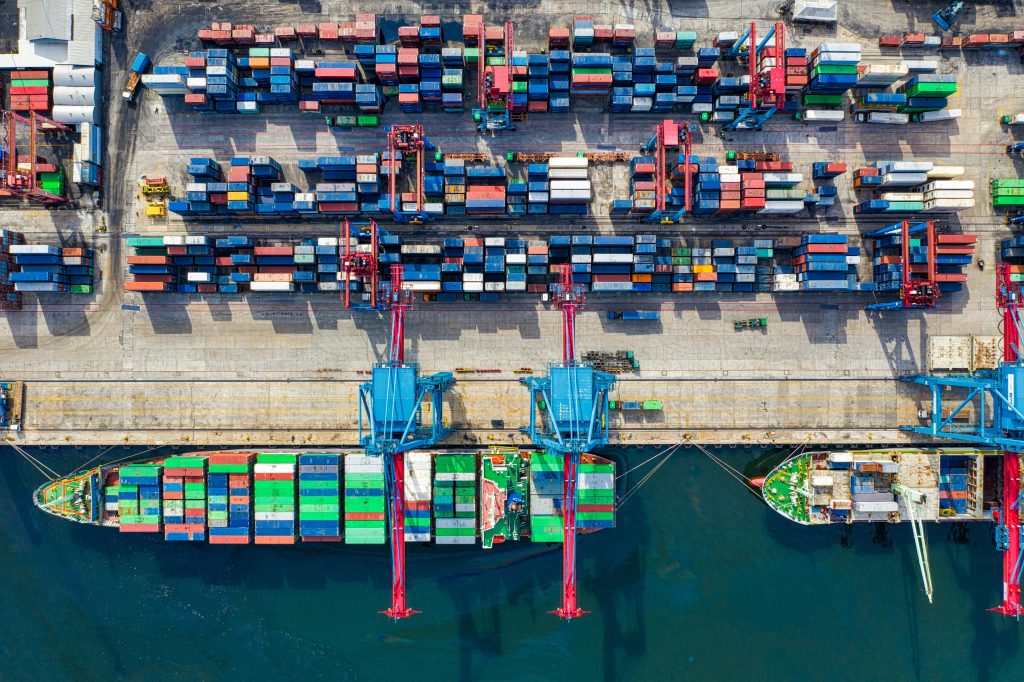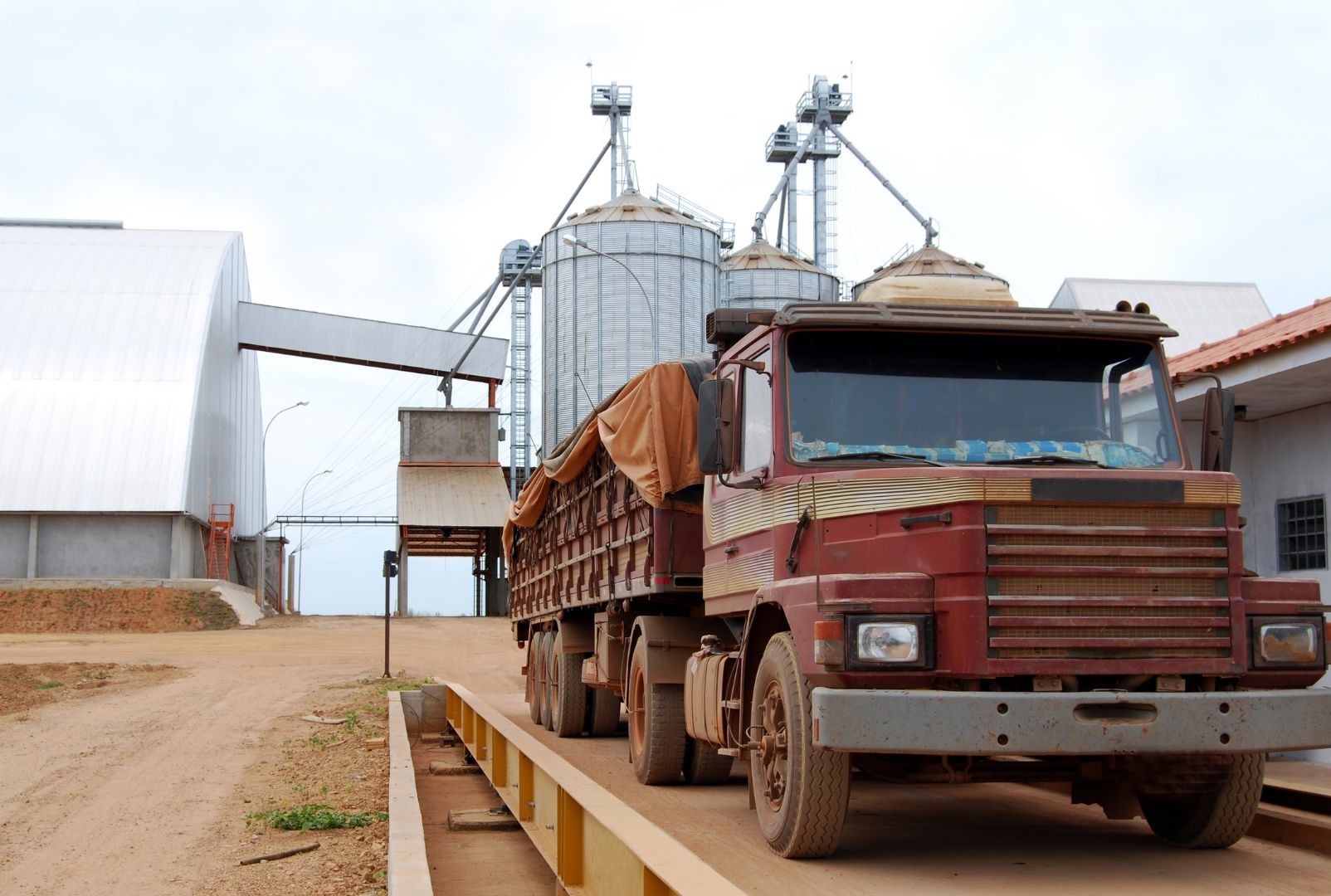Unlocking Global Markets: A Farmer’s Guide to Tariffs and Trade Agreements
Introduction
Understanding tariffs and trade agreements is crucial for farmers as they navigate the complexities of global markets. These elements play a pivotal role in determining how farmers can access various markets and the profitability of their businesses. This guide aims to unravel these critical components, focusing on their impact on farming practices and the opportunities they present in the marketplace.
Understanding Tariffs
What are Tariffs?
Tariffs are essentially taxes levied on imported goods. Their impact on the domestic market is profound; they can alter the cost dynamics, making imported goods pricier than their local counterparts. This shift can significantly affect market competition and the economic landscape farmers operate within, influencing decisions from production to pricing strategies and, ultimately, their market competitiveness.
By understanding tariffs, farmers gain insights into how their products can remain competitive and profitable in a market influenced by these taxes. This knowledge is pivotal in shaping their business strategies and helping them navigate the challenges and opportunities the global trade environment presents.
Impact on Farmers
Tariffs on agricultural products play a significant role in shaping the decisions and income of farmers. Consider a soybean farmer in a country that has recently imposed high tariffs on imported soybeans. These tariffs, which are taxes on imports, make foreign (=imported) soybeans more expensive. As a result, people might prefer buying locally grown soybeans, which are cheaper. This demand boosts local soybean prices, benefiting farmers by allowing them to sell their produce at higher prices, thus improving their profitability.
However, understanding the broader impact is essential. If the country exporting soybeans is hit by retaliatory tariffs, its exports could decrease, leading to a surplus of soybeans domestically and globally. This surplus might lower global soybean prices, which could eventually affect local prices too. Initially, the local market might seem protected, but a drop in global prices can reduce the local selling price over time, affecting the farmer’s profit.
Staying informed about international trade policies and market trends is vital for farmers. This knowledge can guide their decisions on what to grow, when, and where to sell, considering local and global market conditions. Diversifying agricultural products or focusing more on the domestic market might be strategic responses to these fluctuating international prices. Understanding global trade helps farmers navigate market uncertainties and align their production with the most promising opportunities.
Trade Agreements
The Role of Trade Agreements
Trade agreements are pivotal in shaping the agricultural landscape as they work to either reduce or completely eliminate tariffs, fostering an environment where goods can travel more freely between countries. These agreements can significantly broaden the horizons for farmers by opening up lucrative markets that were previously challenging to enter due to high trade barriers.
Benefits for Farmers – Real-life examples
The benefits of such agreements for farmers are diverse. With the reduction or elimination of tariffs, their products become more competitive in foreign markets, potentially leading to increased sales and a broader customer base. For example, significant advancements were made for Australian beef exporters under the Korea-Australia Free Trade Agreement (KAFTA). Before KAFTA, Australian beef faced a hefty 40% tariff in the Korean market. However, the agreement stipulated the gradual elimination of this tariff by 2028, substantially boosting Australia’s competitiveness in the Korean beef market. This has resulted in a significant increase in Australia’s beef exports to Korea. Consequently, farmers now experience a more stable market environment, bolstered income stability from increased export opportunities, and the potential to plan for long-term business growth amidst a backdrop of more predictable demand. Engaging with trade-agreed markets can also lead farmers to diversify their product offerings to meet international demands.
Moreover, trade agreements allow farmers to capitalize on specific market preferences and demands. For instance, under the New Zealand-China Free Trade Agreement (NZ-China FTA), New Zealand dairy farmers have seen increased cheese production opportunities. In 2008, China agreed to remove all tariffs on dairy products in the FTA, providing significant opportunities for New Zealand dairy exporters to access the Chinese market more competitively. This agreement has allowed dairy farmers to leverage the growing demand for cheese in China, leading to expanded export opportunities and increased profitability. By understanding and utilizing trade agreements, farmers can diversify their product offerings, tap into new markets, and ensure their businesses’ long-term sustainability and growth.

Navigating Trade Policies
Stay Informed
Staying updated on the latest developments in trade policies, tariffs, and agreements is essential for farmers across the globe. This knowledge forms the cornerstone of farmers’ strategic planning, enabling them to proactively adjust their production and marketing approaches to capitalize on emerging opportunities.
Adaptation Strategies
Farmers frequently need to adapt their strategies in response to evolving trade dynamics. This may entail diversifying their agricultural products, refining product quality, or realigning marketing strategies to meet international market demands.
Take, for instance, a tomato farmer in Mexico experiencing dwindling demand from traditional export markets such as the U.S. due to shifting trade dynamics. To effectively tackle this challenge, the farmer could explore diversifying their crop selection by introducing alternative crops or targeting niche markets with a heightened demand for specific tomato varieties. By broadening their product range, farmers can mitigate risks associated with market fluctuations and position themselves for sustained success in the long run. These adaptive strategies empower farmers to adeptly navigate changing trade landscapes, ensuring their businesses remain resilient and competitive globally.
Seeking Assistance
Various resources are available to help farmers understand and navigate trade policies. Government agencies, agricultural extension services, and trade associations can provide valuable information and support. When seeking guidance, especially on international trade agreements and market access requirements for agricultural products, farmers should usually turn to government bodies responsible for agriculture. These entities play a crucial role in providing information and support tailored to farmers’ needs, ensuring they can confidently navigate the complexities of trade environments. For example, the United States Department of Agriculture (USDA), Brazil’s Ministry of Agriculture, Livestock and Food Supply (MAPA), Vietnam’s Ministry of Agriculture and Rural Development (MARD), and Chile’s Ministry of Agriculture (MINAGRI) are just a few of the organizations available to assist farmers in this regard.
Practical Tips
Navigating the complexities of international trade requires practical strategies and proactive approaches. Here are some detailed tips to help farmers effectively engage with trade policies and capitalize on market opportunities:
- Engage with Agricultural Extensions: Agricultural extension services offer farmers tailored guidance and support on trade policies and market opportunities. By actively utilizing these services, farmers can stay informed about changes in trade dynamics and adapt their strategies accordingly to remain competitive in the global market.
- Join Cooperatives and Industry Associations: Cooperatives and industry associations provide farmers with a platform for collaboration and knowledge sharing. By joining forces with other stakeholders, producers can collectively negotiate better terms, access new markets, and stay updated on trade developments, thereby enhancing their market strength and competitiveness.
- Quality and Standards: Ensuring product quality and compliance with international standards is crucial for capitalizing on trade opportunities. By investing in quality assurance measures and adhering to stringent standards, farmers can enhance the reputation of their products, differentiate themselves in the market, and build long-term relationships with international buyers, driving sustainable growth and success.
Conclusion
Effectively navigating tariffs and trade agreements can unlock significant opportunities for farmers, empowering them to broaden their market reach, boost profitability, and foster the long-term sustainability of their farming operations. By remaining informed and adaptable, farmers can strategically position themselves to thrive in the dynamic global marketplace.
References:
Australian Government. Department of Foreign Affairs and Trade (n.d.). KAFTA and trade in goods. https://www.dfat.gov.au/trade/agreements/in-force/kafta/fact-sheets/kafta-and-trade-in-goods#:~:text=Elimination%20of%20Korea’s%2040%20per,at%20181%2C120%20tonnes%20in%202022
New Zealand Government. Beehive.govt.nz (2024). New Zealand dairy products can now enter China duty-free. https://www.beehive.govt.nz/release/new-zealand-dairy-products-can-now-enter-china-duty-free#:~:text=%E2%80%9CIn%202008%2C%20China%20agreed%20to,dairy%20access%20under%20the%20FTA
U.S. Government. The International Trade Administration, U.S. Department of Commerce (n.d.). Trade Agreements. https://www.trade.gov/trade-agreements
World Trade Organization (n.d.). Tariffs. https://www.wto.org/english/tratop_e/tariffs_e/tariffs_e.htm










































































